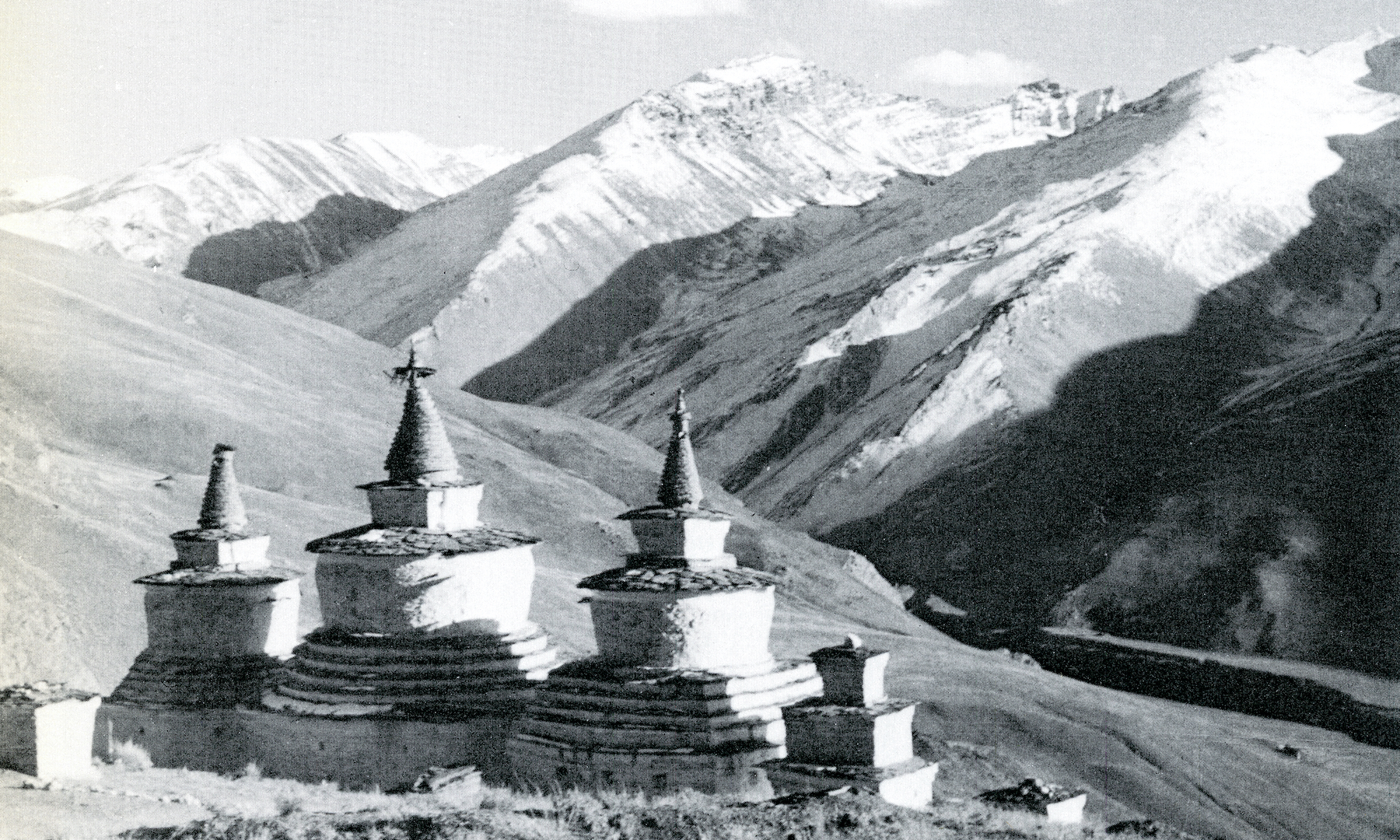Éliane Radigue: Adnos I-III
Éliane Radigue: Adnos I-III

Artists Space
New York, NY 10013
This program is approximately three hours and thirty minutes in length.
“In the conch formed by the flow of sounds, the ear filters, selects, privileges, as would an eye fixed on shimmering water. Only listening is required, like a gaze that is absent and double, oriented toward an exterior image that lives as a reflection in the inner universe.” —Éliane Radigue
Created in three 70-plus minute parts between 1973 and 1982, Adnos I-III is the first major, large-scale work of Radigue’s electronic period and—with Trilogie de la mort—one of two ambitious trilogies recorded at the composer’s home studio in Paris with the ARP 2500 and magnetic tape. A departure from the variable and infinite duration pieces of her early period and moving toward unprecedented lengths of engagement, the Adnos trilogy plunges its listeners into the fathomless depths that would come to define Radigue’s late style. The immersive psychoacoustic effects of Adnos I-III extend the limitless qualities of Radigue’s earlier installation work by allowing each listener to create their own subjective experience of the piece based upon spatial orientation and perceptual focus.
The series also represents a pivotal moment in Radigue’s biography. Having completed the mix for Adnos I at GERM and premiered the piece in 1974 for the Festival d’Automne in Paris, Radigue was invited by Robert Ashley to present Adnos I at Mills College in 1975. Following the concert, she was approached by a group of young French students who suggested that she was channeling energies beyond herself; they gave her the address of a Tibetan Buddhist center in Paris, which she promptly visited, becoming a devotee and ceasing to compose music. After three years of study, Radigue was prepared to sell her ARP synthesizer and end her music career, before her guru Lama Pawo Rinpoche convinced her of the value of her contributions to music which, he maintained, could be created as an offering. Returning to composition, Radigue completed Adnos II, premiering it in 1980 at Mills College. Adnos III (Prélude à Milarepa) was premiered in 1982 at the Experimental Intermedia Foundation in New York; it is composed in four continuous movements (“Dans l’Azur,” “Danse des Dakinis,” “Traversée,” and “Ici et maintenant”) and represents the beginning of Radigue’s explicit Tibetan buddhist offerings.
Adnos I-III will be diffused using a newly produced reel-to-reel tape edition of the original master, one of a series produced by Blank Forms in collaboration with Radigue for the high quality presentation of her work.
Éliane Radigue (b. 1932) is a pioneering French composer of undulating continuous music marked by patient, virtually imperceptible transformations that purposively unfold to reveal the intangible, radiant contents of minimal sound—its partials, harmonics, subharmonics and inherent distortions. As a student and assistant to musique concrète pioneers Pierre Schaeffer and Pierre Henry in the ‘50s and ‘60s, Radigue mastered tape splicing techniques, but preferred the creation of fluid, delicately balanced feedback works to the spasmodic dissonance of her teachers’ music. Finding peers among minimalist composers in America, Radigue began working with synthesis in 1970, eventually discovering the ARP 2500 synthesizer, which she would use exclusively for her celebrated electronic works to come. With remarkable restraint, Radigue spent years on each piece, painstakingly assembling series of subtle, pulsating ARP recordings to be later mixed meticulously into hourlong suites of precise, perpetual mutation. In 2001, Radigue adapted an early feedback work to live performance on electric bass, Elemental II, and in 2004, with the encouragement of ongoing collaborator Charles Curtis, she permanently abandoned electronics for acoustic composition, beginning with Naldjorlak for solo cello, composed for Curtis. As within each individual work, Radigue has maintained an obstinate focus throughout the flow of her career, her dedication to the materiality of sound earning her numerous accolades and ensuring her place as one of the most important composers of our time.
Adnos I-III is part of Éliane Radigue: Intermediate States, a retrospective curated by Lawrence Kumpf and Charles Curtis and developed in collaboration with Éliane Radigue for Blank Forms in New York. The retrospective seeks to present Radigue’s practice in a richly contextualized, holistic manner to draw out important connections between her early and late periods of work, examining the breadth of her practice and juxtaposing her compositions with new interpretations and experimental re-stagings by contemporary composers. The retrospective will continue with more programs into 2020.
55 Walker St is accessible via elevator from street level, welcomes assistance dogs, and has wheelchair accessible non-gender-segregated toilet facilities. It is located within three blocks from the Canal St. 1, 2, A, C, E, J, Q, and R subway stops. For access inquiries please write to Blank Forms and we will make every effort to accommodate you.
Éliane Radigue: Intermediate States has been made possible by support from the New Music Fund, a program of FACE Foundation, with generous funding from the Cultural Services of the French Embassy in the United States, Florence Gould Foundation, Fondation CHANEL, French Ministry of Culture, Institut français-Paris, and SACEM (Société des Auteurs, Compositeurs et Editeurs de Musique).

